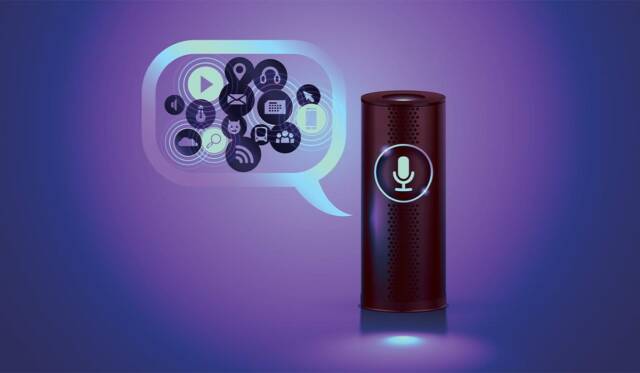In the fast-paced realm of technological progress, artificial intelligence (AI) has manifested itself as a transformative force, with one of its most impactful applications being the integration of AI into virtual assistants. From the initial introduction of Siri to the sophistication of Google Assistant, the trajectory of AI conversational interfaces has been characterized by continuous innovation, a spectrum of challenges, and a profound reshaping of the way we interact with our digital devices.
Table of Contents
The Genesis: Siri and the Dawn of Conversational AI
The narrative begins with Siri, Apple’s pioneering virtual assistant unveiled in 2011. Siri marked the advent of widely adopted conversational AI, presenting users with a revolutionary way to interact with their iPhones through voice commands. This departure from traditional input methods laid the groundwork for a more intuitive and user-friendly experience, setting the stage for the evolution of virtual assistants.
The Evolution of ChatGPT: Unleashing the Power of Language
Fast forward to the emergence of ChatGPT, a creation of OpenAI. Diverging from its predecessors, ChatGPT transcends predefined commands, leveraging a robust language model for open-ended conversations. This shift from rule-based systems to a more flexible, context-aware approach signifies a leap forward in the quest for creating interactions that emulate human conversation with greater fidelity.

Google Assistant: Merging AI with Daily Life
In 2016, Google introduced Google Assistant, elevating the conversational AI experience to unprecedented levels. Integrated into an array of devices spanning smartphones to smart speakers, Google Assistant became an omnipresent companion in users’ lives. Its ability to comprehend context, respond to intricate queries, and seamlessly integrate with other Google services marked a significant milestone in the evolution of virtual assistants.
The Rise of ChatGPT-Powered Virtual Assistants
As ChatGPT gained prominence, developers swiftly began integrating it into virtual assistants, offering users a more dynamic and natural conversational experience. The adaptability of ChatGPT allows virtual assistants to cater to a diverse array of user inputs, making them more versatile and capable of handling a myriad of tasks.
Challenges on the Horizon: Privacy and Ethical Concerns
However, with the ascent of AI conversational interfaces, concerns about privacy and ethical usage have come to the forefront. The collection and analysis of user data to enhance virtual assistant performance raise critical questions about the delicate balance between convenience and safeguarding personal information. Striking the right equilibrium between functionality and user privacy remains a paramount challenge for developers and policymakers alike.
ChatGPT in Everyday Life: Redefining User Expectations
The integration of ChatGPT into virtual assistants has not only redefined user expectations but has also set a new standard for the interactive digital experience. Today’s users anticipate not only accurate responses to their queries but also a conversational encounter that feels natural and tailored to their individual preferences. The success of AI conversational interfaces lies not merely in the ability to perform tasks, but in forging a connection with users through meaningful and personalized interactions.
Future Trends: Advancements and Integration
Looking forward, the future of AI conversational interfaces appears promising. Ongoing advancements in natural language processing, machine learning, and the integration of multimodal capabilities (combining text, voice, and visuals) are poised to enhance the overall user experience. Virtual assistants may evolve to become even more intuitive, predictive, and seamlessly integrated into various aspects of our daily lives.
The Synergy of ChatGPT and Virtual Assistants: A Powerful Combination
The symbiosis of ChatGPT’s language proficiency with the practical applications of virtual assistants represents a potent alliance benefiting both developers and end-users. ChatGPT’s capability to understand context, generate coherent responses, and adapt to diverse conversational styles enriches the capabilities of virtual assistants, making them more user-friendly and efficient.
Conclusion: A Conversational Revolution
In conclusion, the integration of ChatGPT into virtual assistants signifies a significant milestone in the evolution of AI-powered interactions. From the initial days of Siri to the ubiquitous presence of Google Assistant, this journey reflects an unwavering commitment to creating more intuitive, personalized, and context-aware conversational experiences. As technology continues its relentless march forward, the collaborative efforts of developers, researchers, and AI models like ChatGPT will undoubtedly shape the next chapter in the conversational revolution, further blurring the lines between man and machine.
